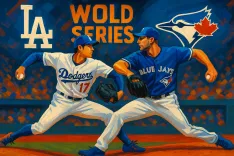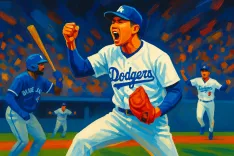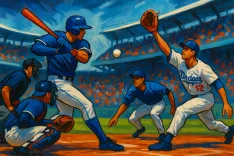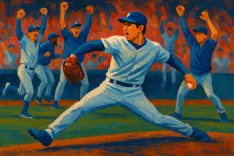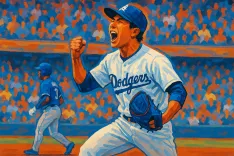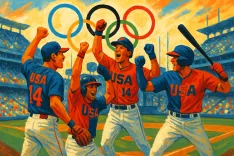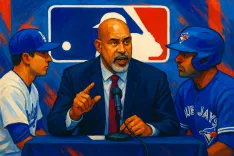MLB Trade Deadline Delivers Impactful Moves
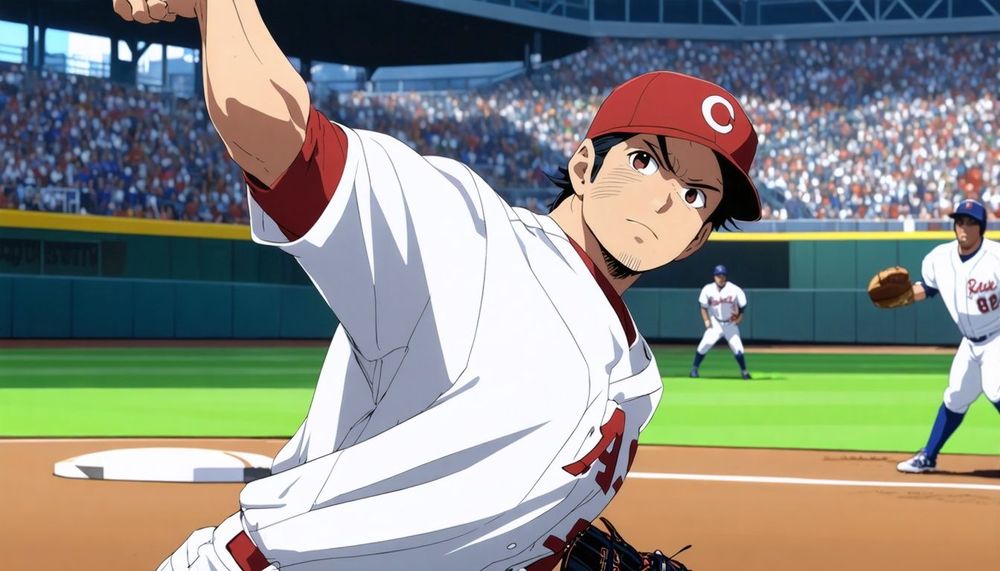
Major League Baseball's trade deadline is known for delivering significant transactions that reshape teams up to and beyond the final moments. With less than 36 hours remaining until this year's deadline on Thursday evening, initial expectations suggested a quieter mid-summer trade period. However, the landscape changed dramatically with key players like Carlos Correa, Mason Miller, and Eugenio Suárez being involved in high-profile trades.
RHP Mason Miller has emerged as one of the most exciting pitchers in baseball, regularly reaching speeds exceeding 103 MPH on his four-seam fastball, complemented by a devastating slider. In his young career, opponents have struggled against him mightily, recording a .126 batting average with 94 strikeouts in over 180 at-bats ending with his slider. The Athletics recognized his potential and retained him under team control through 2029, requiring a significant trade package for his departure. Ultimately, the Padres acquired Miller and LHP JP Sears, sending top prospect SS Leo De Vries and additional talents like RHP Braden Nett to the Athletics as part of the deal. This transaction appears mutually beneficial; both teams secured valuable assets for their future ambitions.
The Minnesota Twins faced challenges following the shoulder injury of Pablo López, which has significantly impacted the team's performance. After a promising start, the Twins managed only 17 wins against 30 losses, leading to a roster overhaul as they sold off key players, including Carlos Correa and Jhoan Durán. Despite Byron Buxton’s intentions to remain in Minnesota, the team was left without critical components as they entered a rebuilding phase. They did manage to retain some talent, such as Joe Ryan and added OF James Outman from the Dodgers. Meanwhile, other teams like the New York Mets recognized the need to strengthen their bullpen as well. Despite having Edwin Díaz performing exceedingly well, the rest of the relief corps struggled, leading to acquisitions of RHP Ryan Helsley, RHP Tyler Rogers, and LHP Gregory Soto to reinforce their late-game strategy.
As the trade deadline approached, the St. Louis Cardinals had already signaled an intention to build for the future, yet they struggled to make impactful moves. While other teams bolstered their rosters, the Cardinals managed only modest trades that didn’t significantly alter their trajectory, leaving them in a precarious position with high payroll commitments looming. In contrast, the Philadelphia Phillies made headlines by acquiring RHP Jhoan Durán at an unexpectedly low cost, which could enhance their bullpen's durability for future seasons. They followed this up with a strategic addition of CF Harrison Bader, addressing both their offensive and defensive needs while maintaining their key prospect assets.
The trade dynamics revealed a stark contrast between teams like the Chicago Cubs and the Chicago White Sox. The Cubs, in a prime position for playoff contention, made minor acquisitions that did not strongly address their starting rotation concerns. Meanwhile, the White Sox focused on retaining valuable players but failed to significantly improve their roster, leaving fans and analysts questioning their strategic direction. Other notable moves during the deadline included the Cleveland Guardians acquiring RHP Shane Bieber, bolstering their rotation with an experienced pitcher, amidst ongoing injury concerns. With a well-rounded approach, the Toronto Blue Jays further enhanced their competitive edge heading into the postseason by acquiring key talents, while the Cincinnati Reds aimed to improve their roster by trading for third baseman Ke'Bryan Hayes, perhaps not fulfilling their offensive needs.
As the trade deadline unfolded, the Seattle Mariners successfully brought back 3B Eugenio Suárez, enhancing their lineup significantly with his power-hitting abilities. The Marlins and Brewers also approached the deadline with differing strategies, either opting not to trade key starting pitchers or securing minor additions to strengthen their teams. Ultimately, the AL West race began to heat up, particularly with impactful moves from the Texas Rangers and the previously mentioned Mariners, creating an exciting finish to the season. Conversely, teams such as the Los Angeles Dodgers approached the deadline cautiously, while the New York Yankees significantly revamped their bullpen, positioning themselves well for a postseason push. The varying degrees of engagement highlighted the ongoing transitions across the league as teams evaluated their short- and long-term goals.
